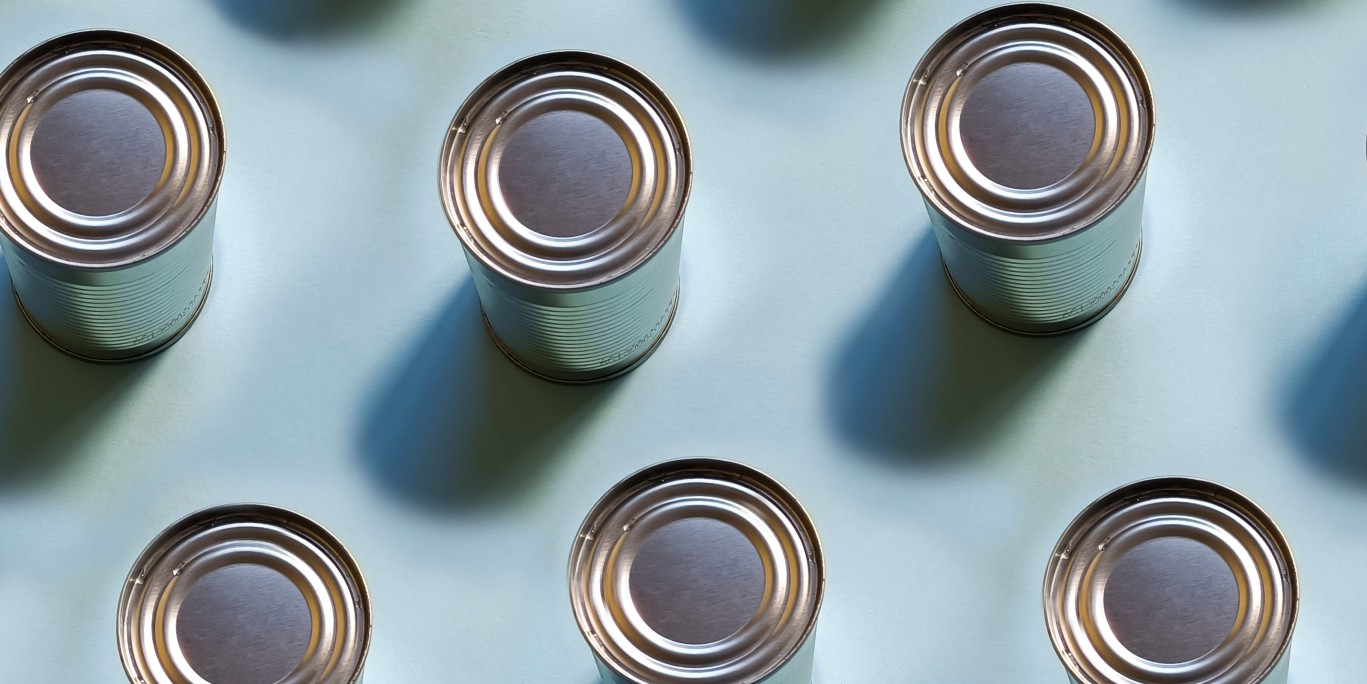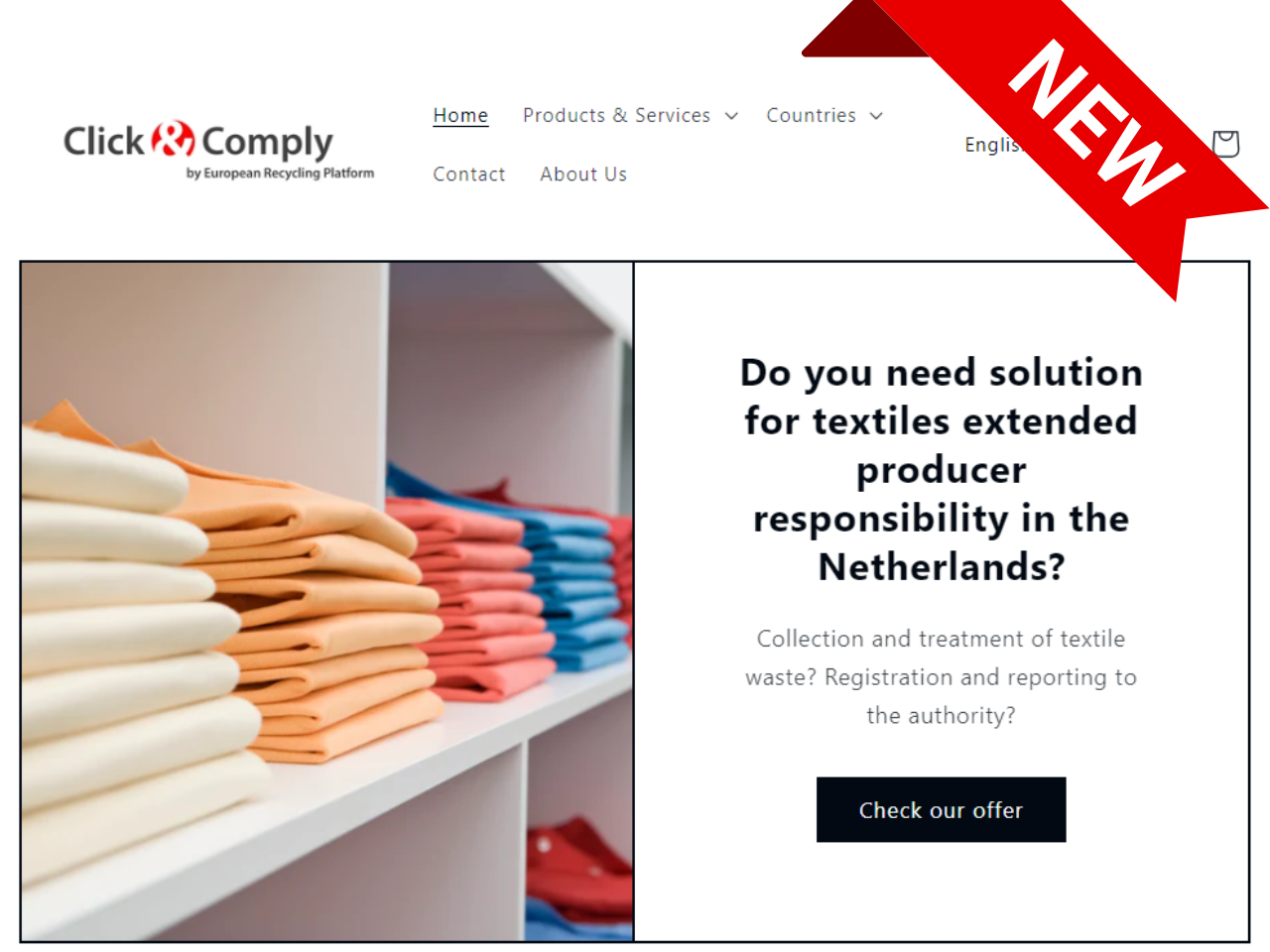What changes could have the biggest impact? Read our selection for April 2024:
8th Environment Action Programme: mid-term review
Advanced materials: new EU Strategy
8th Environment Action Programme: mid-term review
The European Commission published the mid-term review of the 8th Environment Action Programme on 13 March.
The review assesses the environmental and socio-economic impact of the EU’s environmental actions.
The report also takes stock of the EU’s ambitions as set out in the Green Deal, taking a closer look at all relevant policy areas and revealing developments in the EU’s fight against climate change.
The review notes that all measures under the second circular economy action plan have been implemented, including the Ecodesign for Sustainable Products Regulation, which is being implemented for a wide range of products.
However, the review acknowledges that despite some progress, notably in waste management, the EU still has a long way to go to move from a linear to a more circular economy, as secondary materials account for only 11.5% of all materials used.
The report also highlights the impact of the circular economy on reduced carbon emissions, natural resources and biodiversity, and reduced pollution.
Furthermore, it emphasises that circular economy models can boost the long-term competitiveness of the EU economy, increase its resilience and ensure security of supply.
Overall, the report concludes that the current legislative framework is sound and will accelerate the transition to a circular economy, although recent legislative initiatives will take time to have an impact.
The impact of current legislative initiatives will be assessed in the final evaluation of the 8th Environment Action Programme in 2029.
Advanced materials: new EU Strategy
The European Commission has published a new communication, outlining its strategy on Advanced Materials for Industrial Leadership.
The strategy aims at protecting and facilitating intentionally designed and engineered materials that display superior performance or special functions compared to conventional materials.
The strategy displays the Commission’s approach to streamlining European resources for the design, development and testing of new advanced materials to foster Europe’s pioneering role in several industries.
Importantly, advanced materials can replace hazardous substances, improve the environmental performance of products and processes, and facilitate circularity.
To achieve the overall objective of the strategy, the following metrics were determined:
- EU, national and regional priorities on research and innovation for advanced materials must be coordinated in a European approach and private investments substantially increased
- innovators and small and medium-sized companies must be supported to design and test materials with superior performance and properties for circularity and sustainability, and
- the larger-scale and more rapid deployment of advanced materials must act as market catalysts for the twin transition and increase EU resilience and economic security
As the Commission expects a rise in demand for advanced materials in the upcoming years, the strategy includes several pillars that can interconnect the numerous legislative actions relying on advanced materials.
To facilitate research and development capacities, the strategy intends to mobilise 500 million Euros under the Horizon Europe framework from 2025 to 2027, with 250 million Euros coming from private investments.
With this strategy, the Commission has reached an important milestone in its ambitions for strategic autonomy, the energy transition and the circular economy.
Sign up for our monthly
report COMPASS here:
Your email











